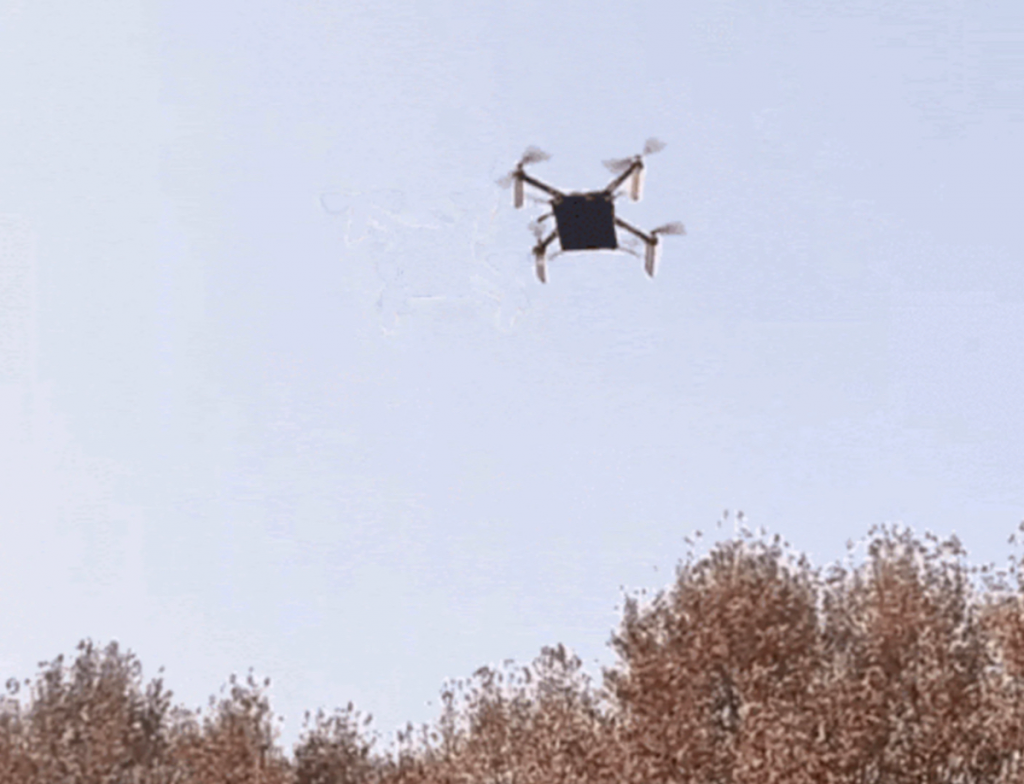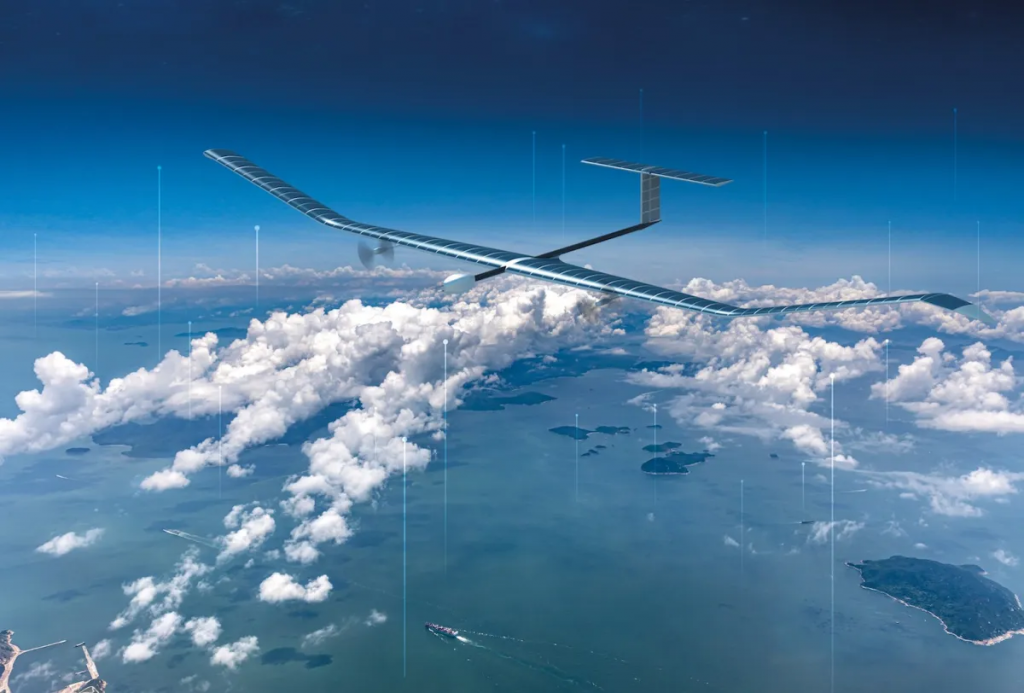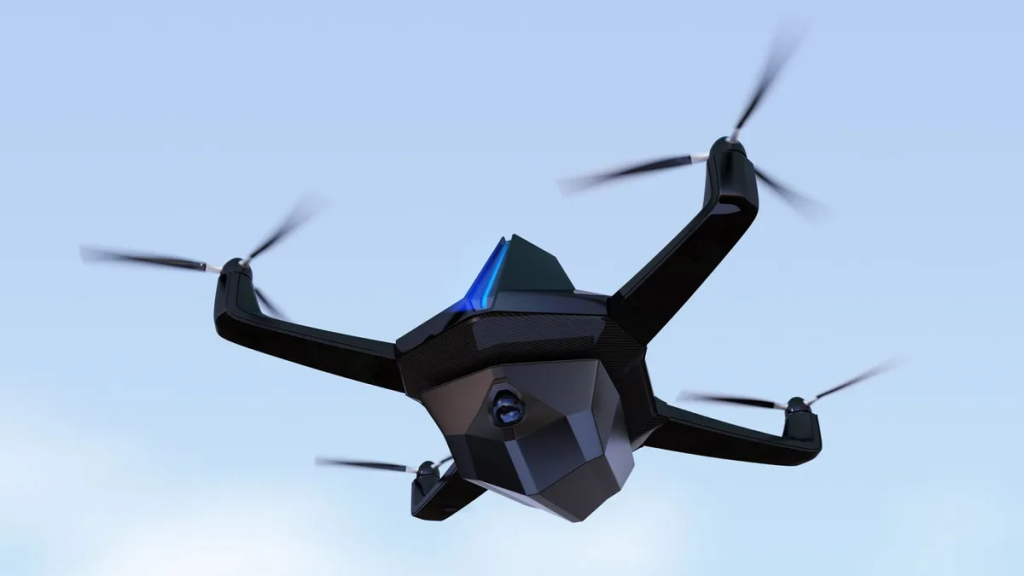A team of researchers in northwest China claims it has devised a means to employ high-energy laser beams, not to destroy drones but to keep them in the air “forever.”
According to the South China Morning Post, Northwestern Polytechnic University (NPU) scientists equipped drones with photoelectric conversion modules that could convert light into electricity, allowing high-powered laser beams to power the drones remotely while in flight.
The team of experts carried out a drone experiment that coupled autonomous charging with sophisticated signal transmission and processing technologies, proving the limitless endurance potential of optics-driven drones (ODD).

According to the researchers, the initial obstacle was monitoring the drones in the air. To follow and precisely forecast ODD targets as they fly, the team used a tracking system based on intelligent visuals. According to the study, the algorithm accepted lighting, scale, and rotation well was durable in varied situations and produced exact drone location.
Li and his colleagues were required to lower the attenuation of a typical laser beam in the atmosphere to improve the distance of wireless energy transmission. According to the researchers, their solution was an adaptive beam-shaping technique that could automatically modify its intensity.
The modification reduces the detrimental effects of air turbulence and density variations in the environment, boosting the efficacy and dependability of the system.

The device also included a protection mechanism, which automatically adjusts laser power to a safe range when an obstruction in the beam’s path is recognized.
Due to the obvious sensitivity of the technology, the researchers did not disclose information about the system’s range and photoelectric conversion effectiveness.
According to an animated schematic image in the study, an ODD may soar as high as a skyscraper.
According to the study team, three field experiments were conducted: an indoor follow-up flight, an outside daytime flight, and an outdoor night flight. The drones performed admirably in all conditions.
Drones are widely employed for military, agricultural, and commercial purposes, but if their endurance limitations are solved, they will open up a whole range of prospects.

“In some time-consuming missions, such as searching for tourists trapped in flash floods, the continuous flight of drones will greatly save precious rescue time. ODD is expected to deeply participate in social governance, such as traffic control, security patrols, rescues in disasters, and contactless logistics,” the researchers said.
“In the future, large drones can be converted into air buses to create a three-dimensional transportation network. With this technique, we can even build a low-altitude satellite or artificial moon.”


